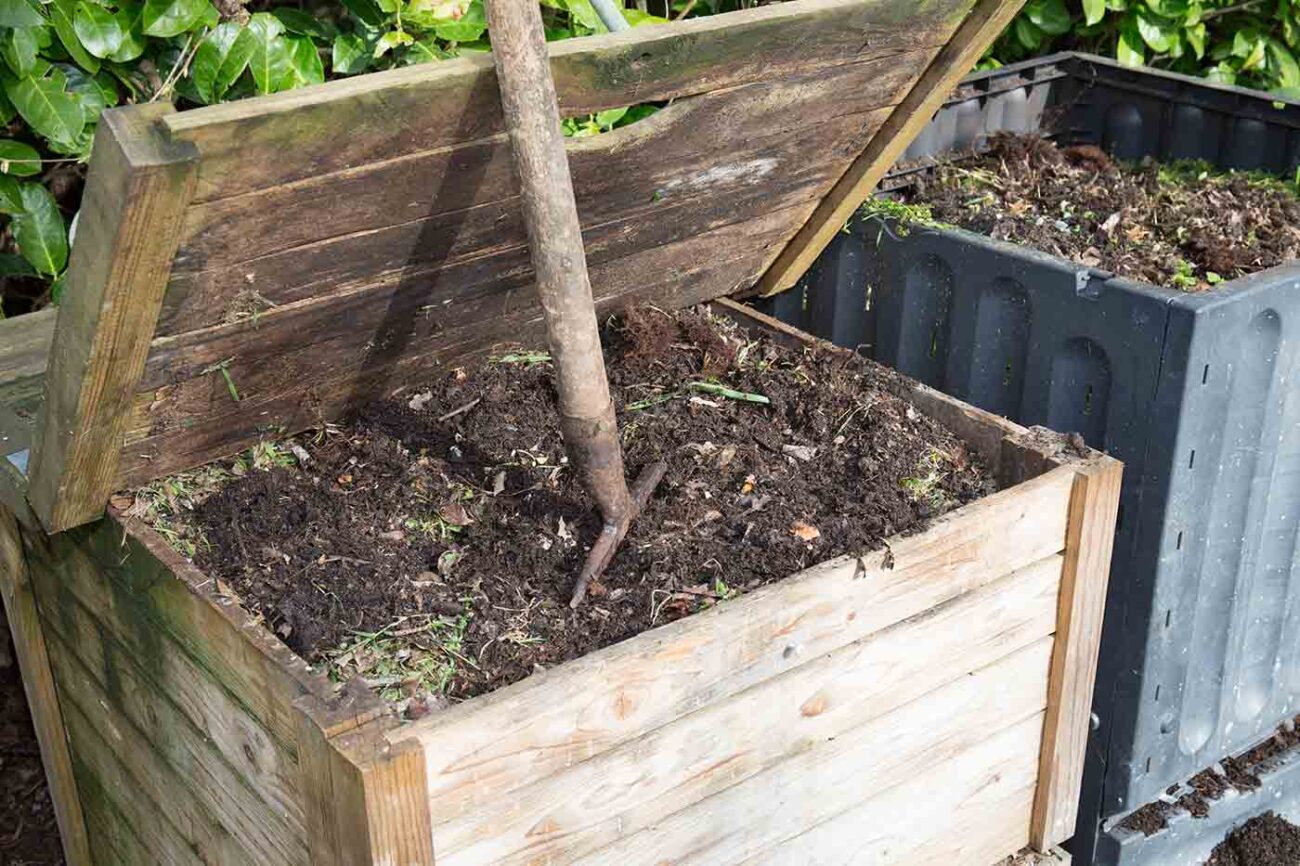
How to Make Compost for Your Vegan Garden
If you know how to make compost, you can use it to help fortify your vegan garden and avoid animal products such as bone meal and manure.
In case you haven't heard, compost is made of decomposed organic materials—leftover produce, lawn clippings, wood shavings and dried leaves. It works magic on gardens, whether you use it for growing tomatoes or roses.
What is Compost
Made of plants, compost is a soil amendment that contains the three essential nutrients also used in commercial fertilizer: nitrogen, phosphorus and potassium, plus micronutrients, but it releases them slowly so you likely also need to add fertilizer if you are growing veggies. Compost gardening also improves the texture of soil so it retains water and oxygen, for root health.
What's more, composting is environmentally friendly since it diverts waste from landfills. After all, food scraps and yard waste make up 28 percent of what we throw away, according to the U.S. Environmental Protection Agency. Composting can also be cost efficient in the long run, offering an unlimited supply of a super-effective soil treatment that is free beyond some initial supplies.
You can even use compost for gardening in pots, adding about 30% compost to 20% potting soil.
There are a few different ways to approach the composting process of coaxing green waste into a rich, brown soil, but first you should know the basics:
What to Include in Your Compost Pile
Compost should be made out of raw plant material, not animal products, which risks contaminating soil with disease-producing bacteria. Also avoid including weeds or diseased plants.
Ideally you also want to avoid adding cooked food, which has a different chemistry than raw veggies and can include oil and salt, which can wreck a home compost pile.
The ratio of what you is also important. You may have heard that you use a ton of carbon-rich materials compared to those made up of nitrogen, but because the latter is bulkier, you can eyeball it and try of a 50/50 mix by volume. If the ratio is off, you lose valuable nitrogen and your compost pile will start to smell bad. If this is the case, try adding more shredded dry material right away.
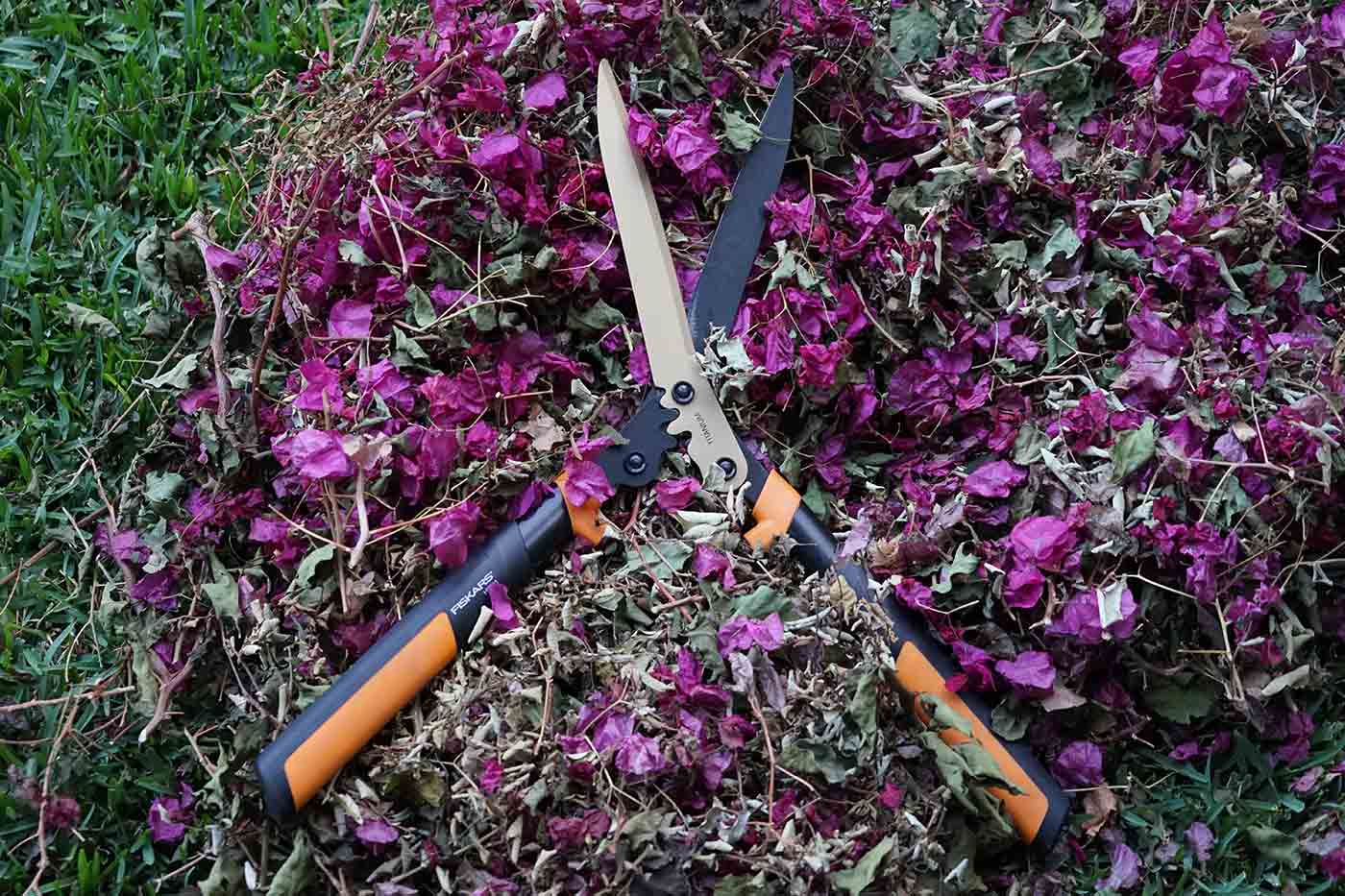
Half Carbon (dry stuff):
Dried grass
Dead leaves
Straw
Twigs and branches
Shredded paper
Dried grass
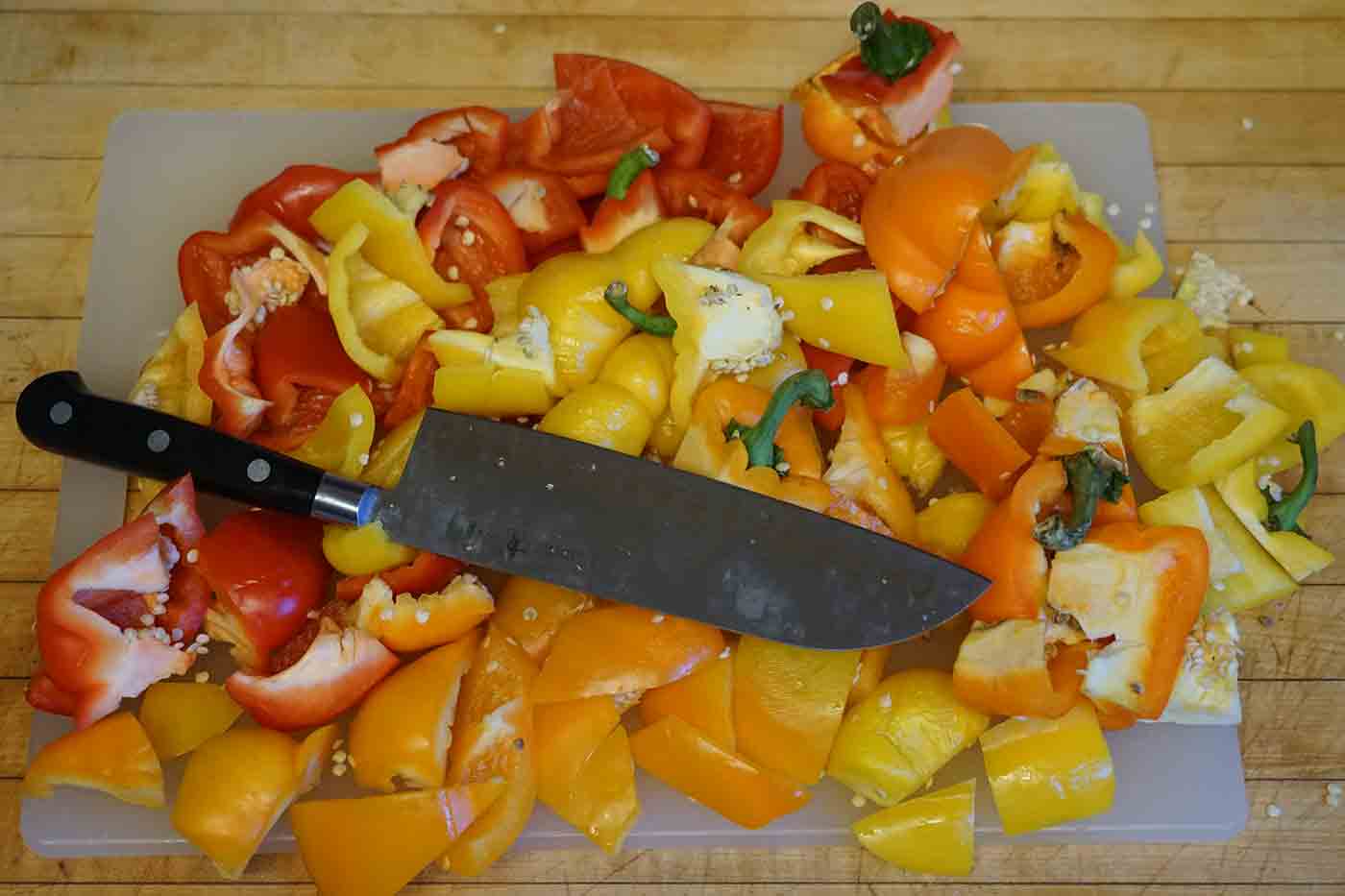
Half Nitrogen (wet stuff):
Green grass
Wilted flowers
Green pruning
Fruit and vegetable leftovers
Coffee grounds
You also want a certain amount of water, which can come from your green waste. If it dries, you'll have to add water so that the compost is damp but not wet.
How Long Does it Take to Make Compost
It can take a couple of weeks to up to a few years to make compost depending on how small you cut your scraps and how often you turn your compost. Small scraps and daily flips of your materials to evenly distribute heat from the decomposition will accomplish a quick two-to-three week composting.
Cut softer stuff into inch-and-a-half size pieces. Harder food could be a half inch, and twigs should be ground down with a wood chipper, like the compact model below, which cost me under $200. You could use a lawn mower to pulverize leaves.
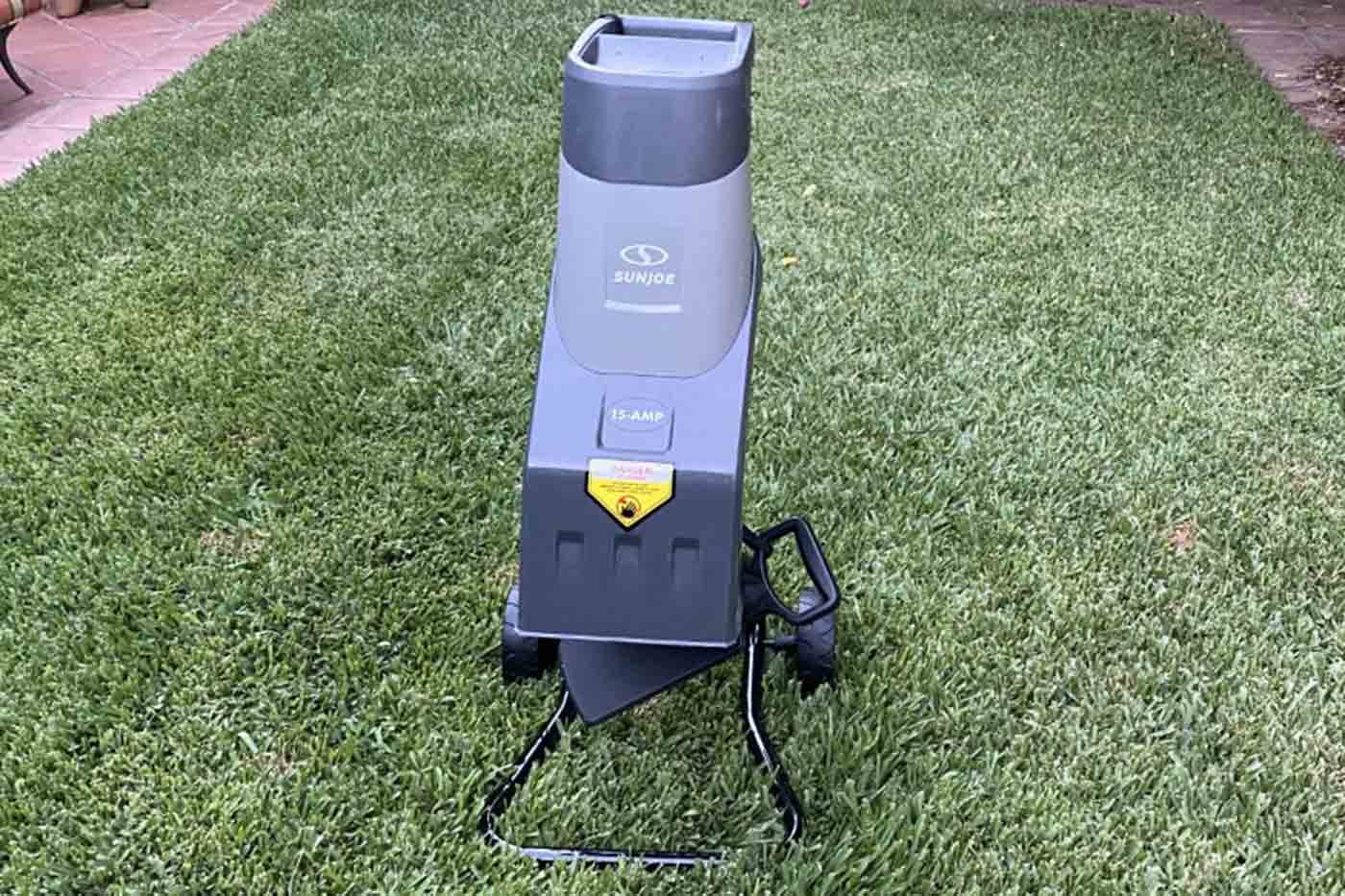
Keep in mind that nutrients leech out over time with rainwater and more, so ideally you want to finish and use your compost quickly.
You also can't keep adding to the same compost pile indefinitely. Ideally you want to let it fill quickly, compost quickly, then add it in to benefit your soil sooner. And ideally you'll have two piles, one that's digesting and another that's active for adding newer scraps.
It's also important to avoid using compost before it is ready. You want to make sure it has finished decomposing and is stable, that it's turned to a dirt-like structure. It you mix it in with your soil too early when it's still breaking down, it will pull nutrients from the soil rather than adding them.
Which Composting Bins Are Best
Ideally you have space for a few composting bins and you can set two side by side and move your waste from one that's full to one that's empty to flip it. Ideally your bin is at least three feet by three feet for the optimal temperature to promote break down of your scraps. Consider covering it to retain heat. You can even dig a pit in the ground. You might also consider a small bin for storing veggie scraps in the kitchen before you walk them to your compost bin.
I took a class on composting from a master, and he had built his own wooden bins, and I tell you, that's my goal. But in case you're pressed for time like I am, there are a lot of rotating bins like mine below on the market that are another alternative in the interim.
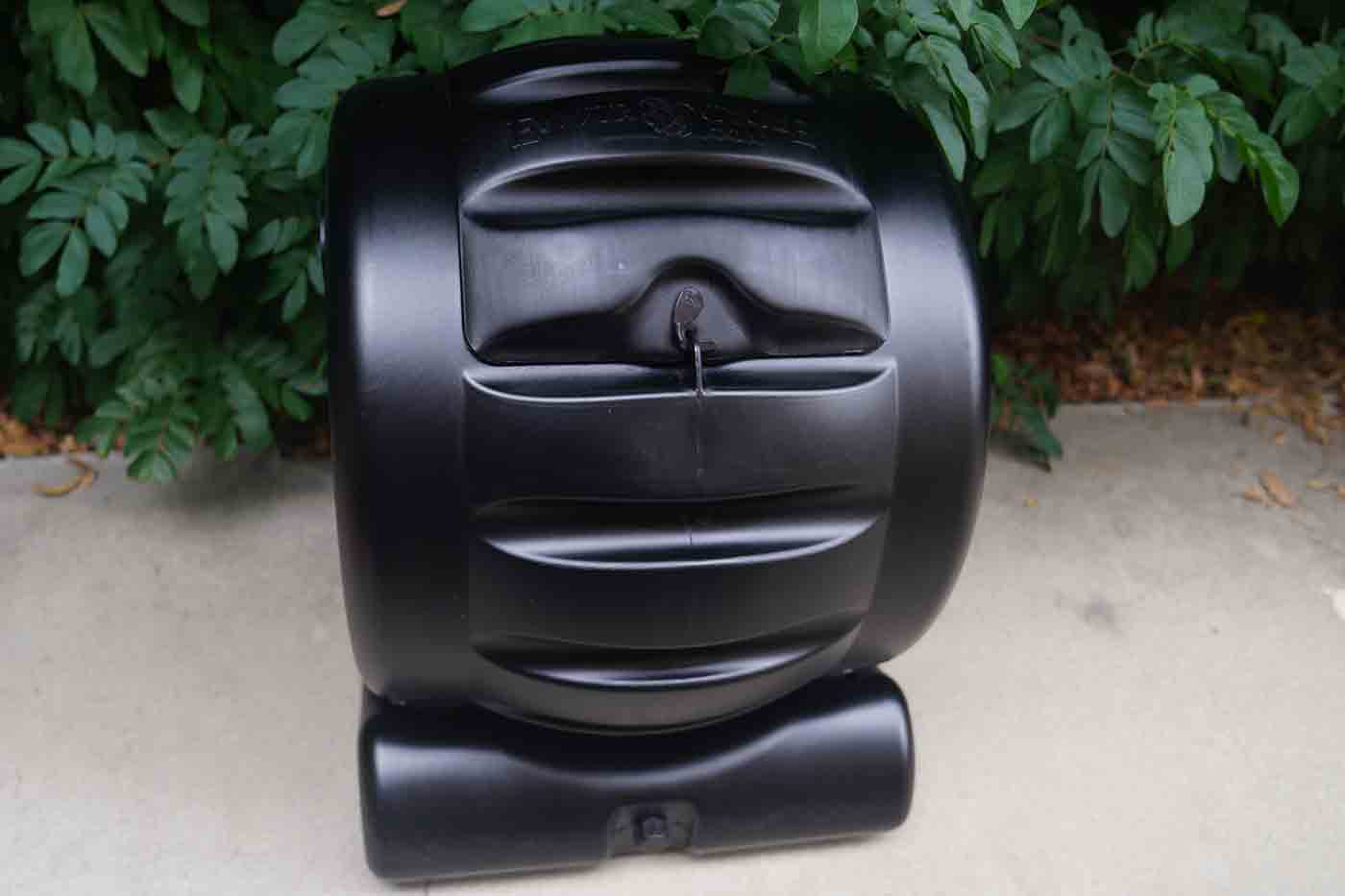
You want to avoid locating your bin in full sun all day to avoid overheating that could kill microorganisms you need to break down your compost.
Regardless of the bin you choose, composting can reward you with healthier plants and good times spent outdoors working the land!

